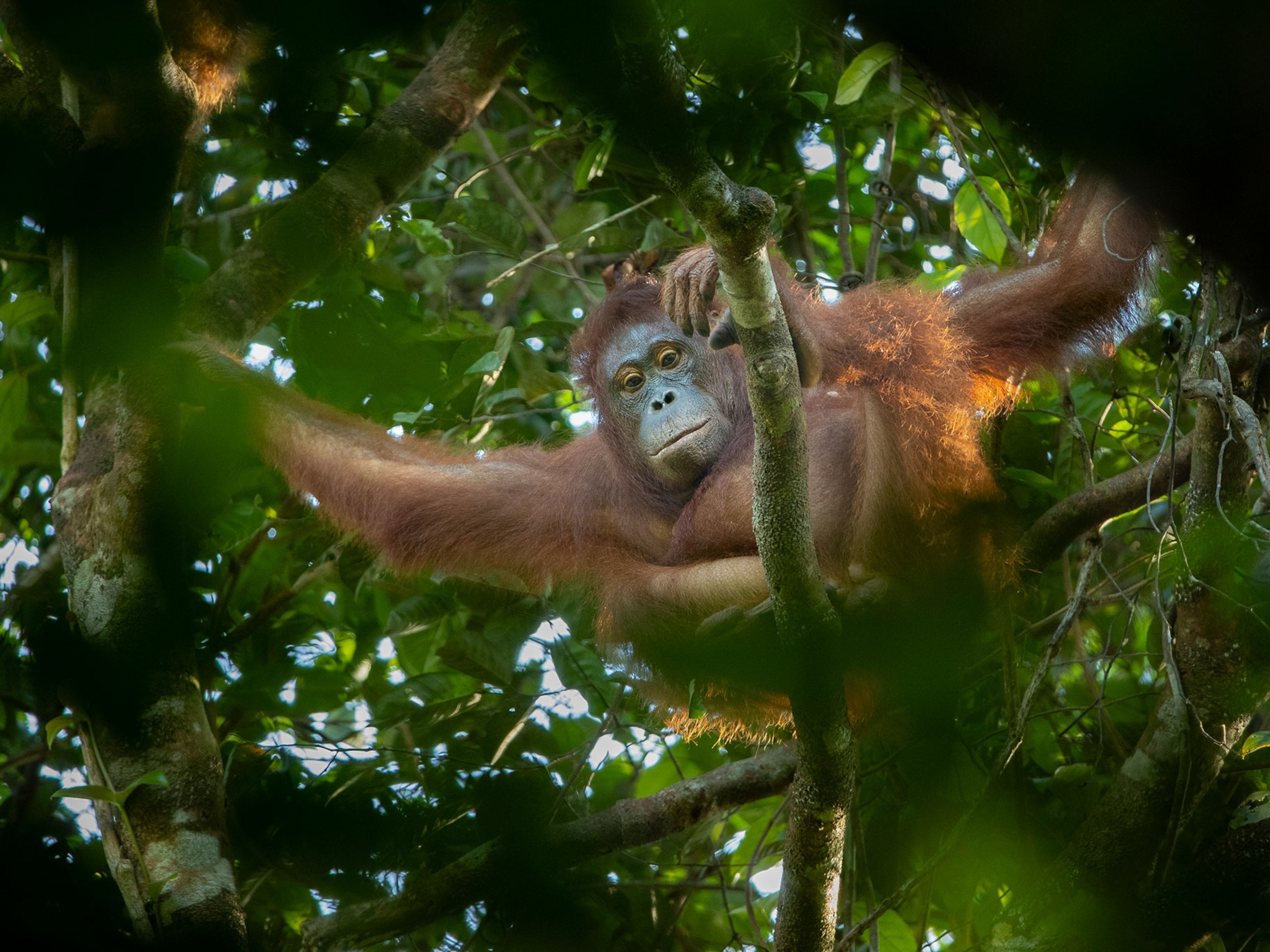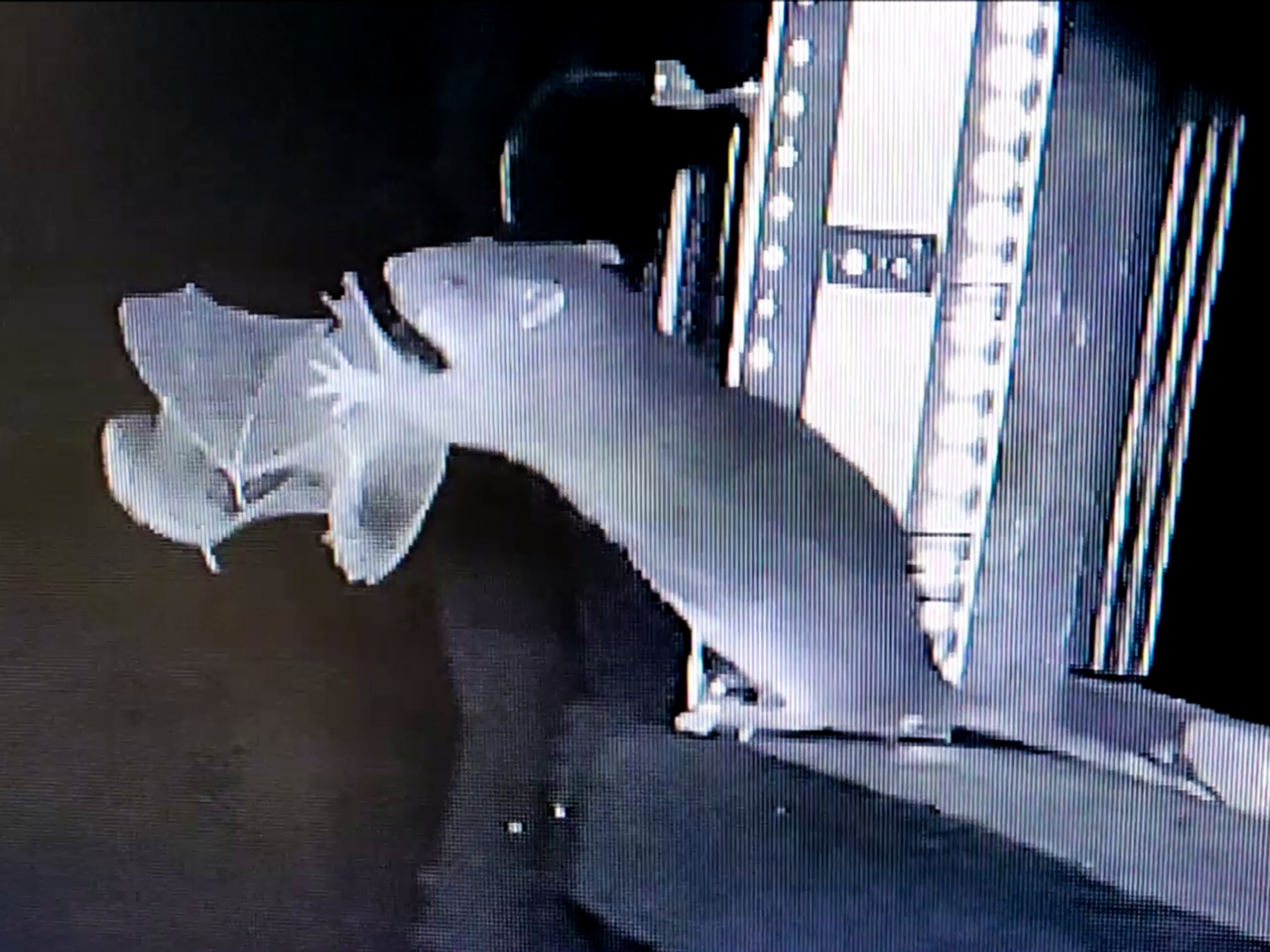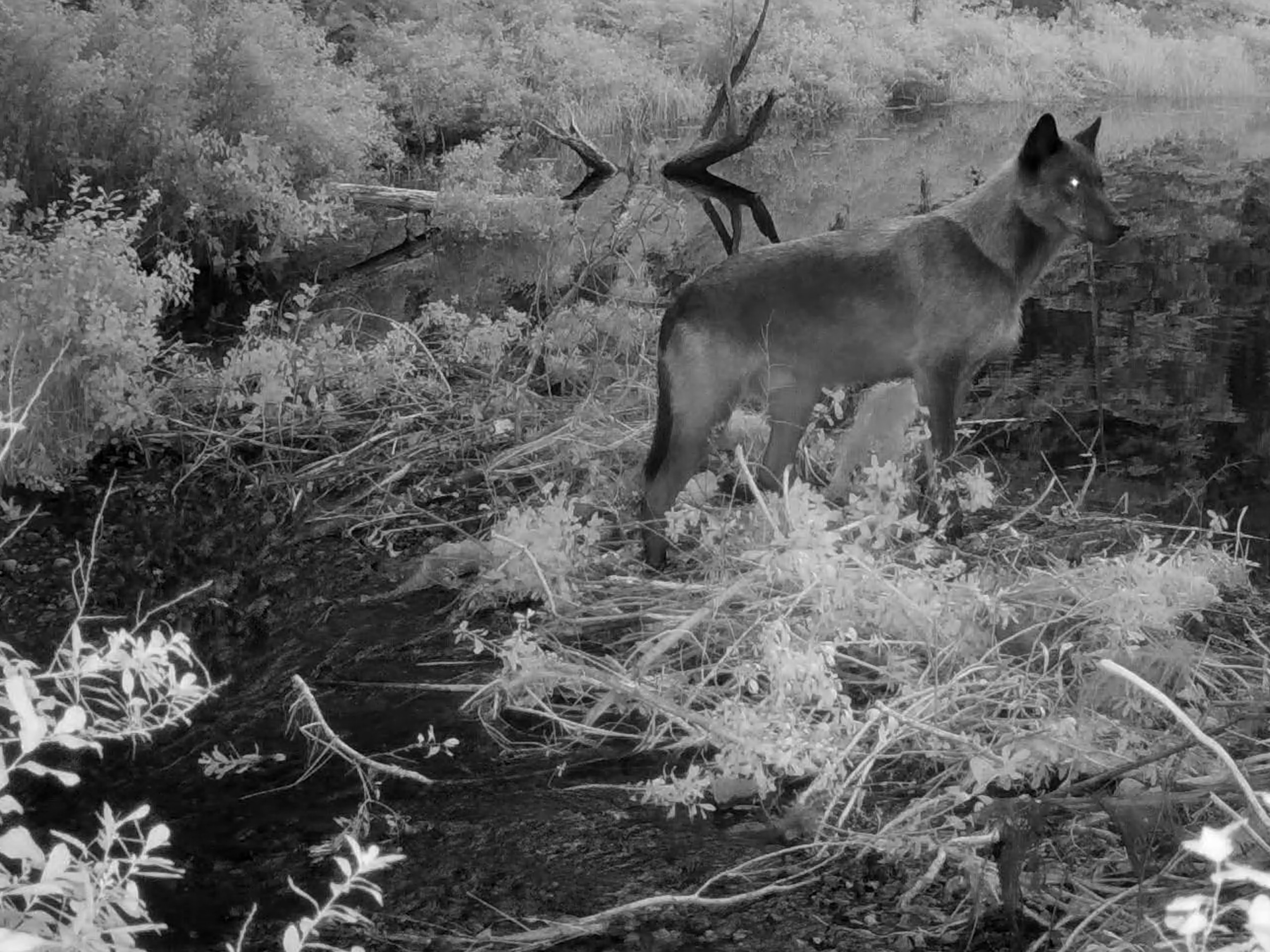Not just nuts: The surprising stuff animals hoard for winter
Animals have surprising ways of storing food, including becoming living kegs.
Autumn is here, and a lot of animals are gathering foods to store up for winter. This includes humans, who hoard “pumpkin spice” items for the bleak, gourdless summer.
Animals like chipmunks and squirrels usually come to mind when we think of stockpiling food, but we wondered which other animals hoard, or cache, stockpiles of food before winter sets in.
We found a few surprises, from head-biting moles to jerky-making ants.
Shrews
All five species of short-tailed shrews have the same strategy for making sure their stored food doesn’t go bad. They keep it alive.
These shrews usually prey on insect larvae. The shrews’ saliva is toxic, “so when they bite down, a toxin is injected and the animal becomes paralyzed,” says biologist Elmer Finck of Fort Hays State University in Oklahoma.
The toxin renders the prey comatose so the shrews can bring it into their nest chamber for later consumption—days to weeks later.
Should the prey awaken before the shrew is ready, “they’re rebitten,” he says, and returned to their nap.
Moles
Moles store live earthworms underground by biting into their heads causing mutilating injury, which along with the cold weather makes them unable to escape. A cache of 470 worms was once found in a mole’s burrow.
When spring begins to warm things up, some worms may eventually regrow their heads and tunnel their way to freedom.
Fire Ants
Fire ants will also immobilize prey species such as big-headed ants—and will raid the prey species’ nests in order to do it, bringing the dead and stricken back to their own nests.
A 2008 study found that the imported red fire ant will store bits and pieces of prey just under its mound to dry, making “jerky” that’s eaten when food is less abundant.
Walter R. Tschinkel, an entomologist at Florida State University who co-authored the study, says that in many ant species, worker ants can also store liquid food in their crops, an organ that’s also called the dry or social stomach.
A valve at the rear of the crop drips enough liquid into the worker’s digestive midgut to keep it alive, Tschinkel says. “The rest of the liquid can be regurgitated to nest members,” and lasts about four days.
Honeypot ants take storage one step further: They store honey for their colony during winter in ants that become “living storage kegs and hang from the ceiling, storing food across seasons or even years,” Tschinkel says.
Fiddler Crabs
A 2010 study found that the Milky Fiddler crab, found on sandy mud flats in South Korea, southern Japan, Taiwan, and eastern China, may cache carrion and sediment containing food particles in their burrows for later use. In the wild, these particles would include algae or meiofauna, which are extremely tiny animals such as copepods.
In the study, crabs were observed to store carrion and food provided for them, likely for times like heavy rains when they can’t forage. Females cached the most during mating season, suggesting this storage is reproductively helpful.
Sandy beaches are “nutrient-poor, so that’s a sort of habitat where you need to be constantly searching for food,” says Judith Weis, marine biologist at Rutgers University and author of Walking Sideways: The Remarkable World of Crabs. In such an environment, these crabs are saving for a rainy day.
Red Squirrels
Like their gray cousins, red squirrels store seeds and nuts for the winter, but they also make themselves an extra treat. The squirrels dry out mushrooms and place them in trees, preferably conifers, near their stashes of pine cones and other foods.
Imagine how much a foodie restaurant could charge for hand-made artisanal conifer-dried mushroom jerky.








